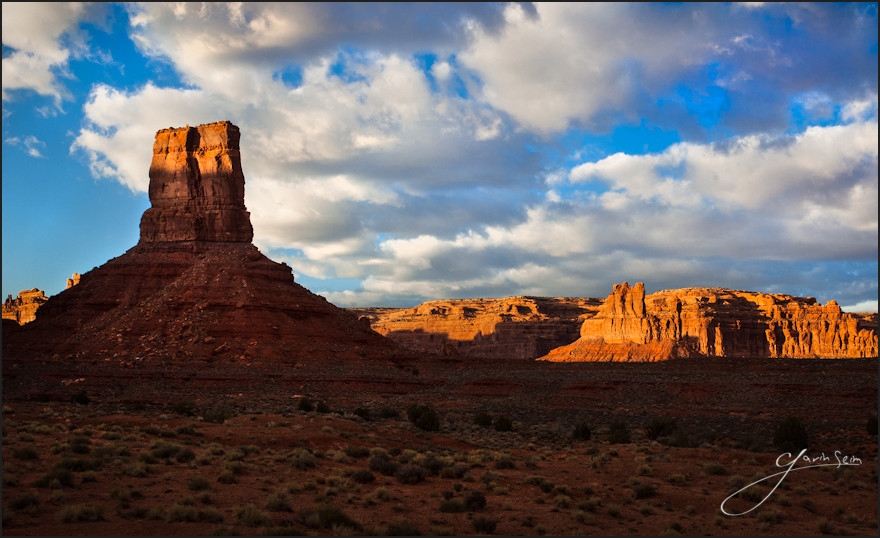by Gavin Seim: Adobe recently had a travel photo contest. The prize, a trip to Thailand with legendary photographer Steve McCurry. Yea, the guy who photographed Afghan Girl.
Matt Hardy once said – “Beauty can be seen in all things, seeing and composing the beauty is what separates the snapshot from the photograph.”
Adobe counted +Likes and gathered a panel of official judges to choose. The winner… this photo. You can see it larger here on Adobe’s page. There were many other entries, but this was chosen as the grand prize. I feel this is hurtful. Not only to the entrant, for it teaches them that quality does not matter. But to those who worked hard to enter quality work. It’s better to be honest with those that are learning, than to ignore a lack in quality. I would rather be improved by honest criticism than ruined by false praise.
How does the world’s largest professional photography software developer and it’s judges not know the difference between a photograph and a snapshot. As someone who has worked for fifteen years to understand photographics and light, I for one am not jealous; I am insulted and embarrassed.
For the record I did not enter this competition. And the point here is not to insult the winner. I’m sure they will enjoy and learn from this trip. The point is that people need to understand a camera does not make you a photographer. People worked hard and entered quality work To award photo in this manner seems an insult to their efforts.
What’s Wrong With It:
Quite nearly everything. As a vacation snapshot, it’s perhaps acceptable. There is nothing wrong with a family snapshot. But we need to understand the difference between a snapshot and a photograph. This image won an international level competition. At that point it must be critiqued as such and compared to other entrants.
Great photos can be subjective. But that does not mean we ignore what makes them great. This photo has no subject, breaking the cardinal rule of a great image. A great photo has a subject. Usually just one. All other elements should be supporting cast. Is the subject little girl? The half cut off body taking the photo? Perhaps it’s the Oriental Pearl Tower, crooked in the frame. If we have to ask, the image has already failed.
When examined (something I have done over and over again) the picture feels of phone snap quality. It’s filled with artifacts and problems. The exposure is flat and dark and the sky is plain and boring. As journalism it lacks interest and as a street photo it lacks expression and spontaneity. Finally it fails at what is perhaps the hardest thing to put into words. It’s uninteresting and it does not tell a story.
Ansel Adams once said – “The sheer ease with which we can produce a superficial image often leads to creative disaster.”
While I don’t generally call out bad photos directly, I think this needs to be thought about. Everyone has cameras, but if in doing so, everyone becomes photographers, then the word photography no longer has meaning.
If we hold zero standards to the quality of art and use “art is subjective” as an excuse for everything, than the word art has no value – By calling everything art, by making everything great, we demean those who through effort and practice have mastered their skill.
NOTE: This is a news commentary. You are welcome to disagree and for obvious reasons I did not include the winners name. It’s not meant to be mean, but to raise awareness and get us thinking about quality and understanding the diffidence between a photo and a snapshot.
UPDATED: When this post was first made I had thought that looked like a phone photo. It is not. While the camera used makes little difference, some felt this should be disclosed. I have refined the post a bit to reflect this and things related to the ideas presented here.
So now that I’ve stirred the pot. Let the discussion begin.





